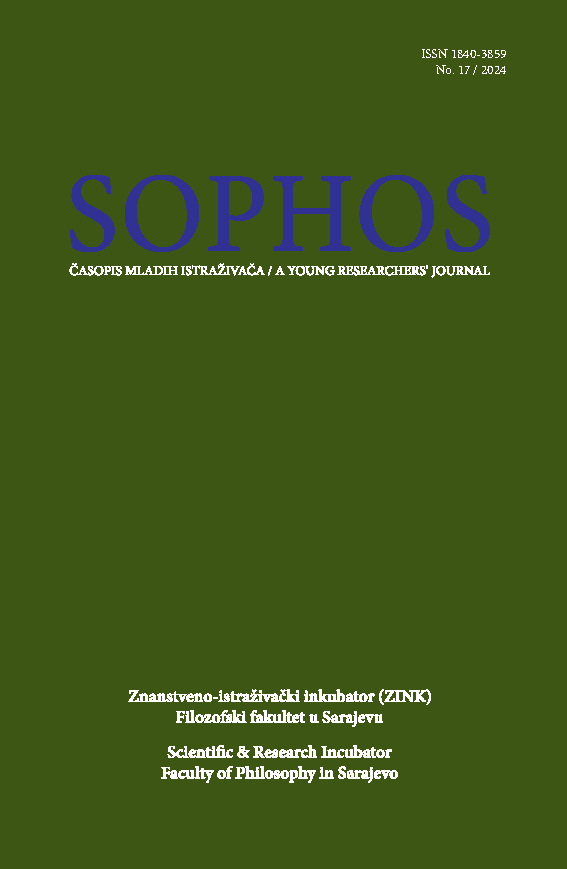“Mulan” (1998) u interpretaciji izvana ‒ fluidnost u službi samopotvrđivanja? / “Mulan” (1998) Interpreted from the Outside ‒ Fluidity in the Service of Self-affirmation
DOI:
https://doi.org/10.46352/18403867.2024.123Keywords:
film, culture, identity, sexuality, gender roles, body, stereotypesAbstract
The perception of films is constantly changing in relation to different social changes and cultures. At the same time, it is necessary to keep in mind that the reception of the film depends on previous knowledge, social experiences, imposed dominant narratives and rules both broadly in the social field and narrowly within the artistic field. Film is not only a communication-discursive product, but also an artistic and aesthetic phenomenon, polysemic, often contradictory. Because of all this, recent film studies avoid master narratives and fundamental questions in their analyses. Taking the above into account, in this paper we will approach Disney’s film production of the animated film “Mulan”, showing a complex network of relationships and interpretations, to show the interplay and conflict of different elements within one film production. The significance of the analysis of the animated film “Mulan” from 1998 is reflected in its potential to activate social discussions about neoliberal culture and film as a political tool, and hybridity and capitalist co-optation of ethnic material, but at the same time the new millennium and fluid treatment of identity, gender and sexuality. The correlation of one dimension with another is of interest to research.
Downloads
Downloads
Published
How to Cite
Issue
Section
License
Copyright (c) 2024 SOPHOS: A Young Researchers’ Journal

This work is licensed under a Creative Commons Attribution-NonCommercial-ShareAlike 4.0 International License.





